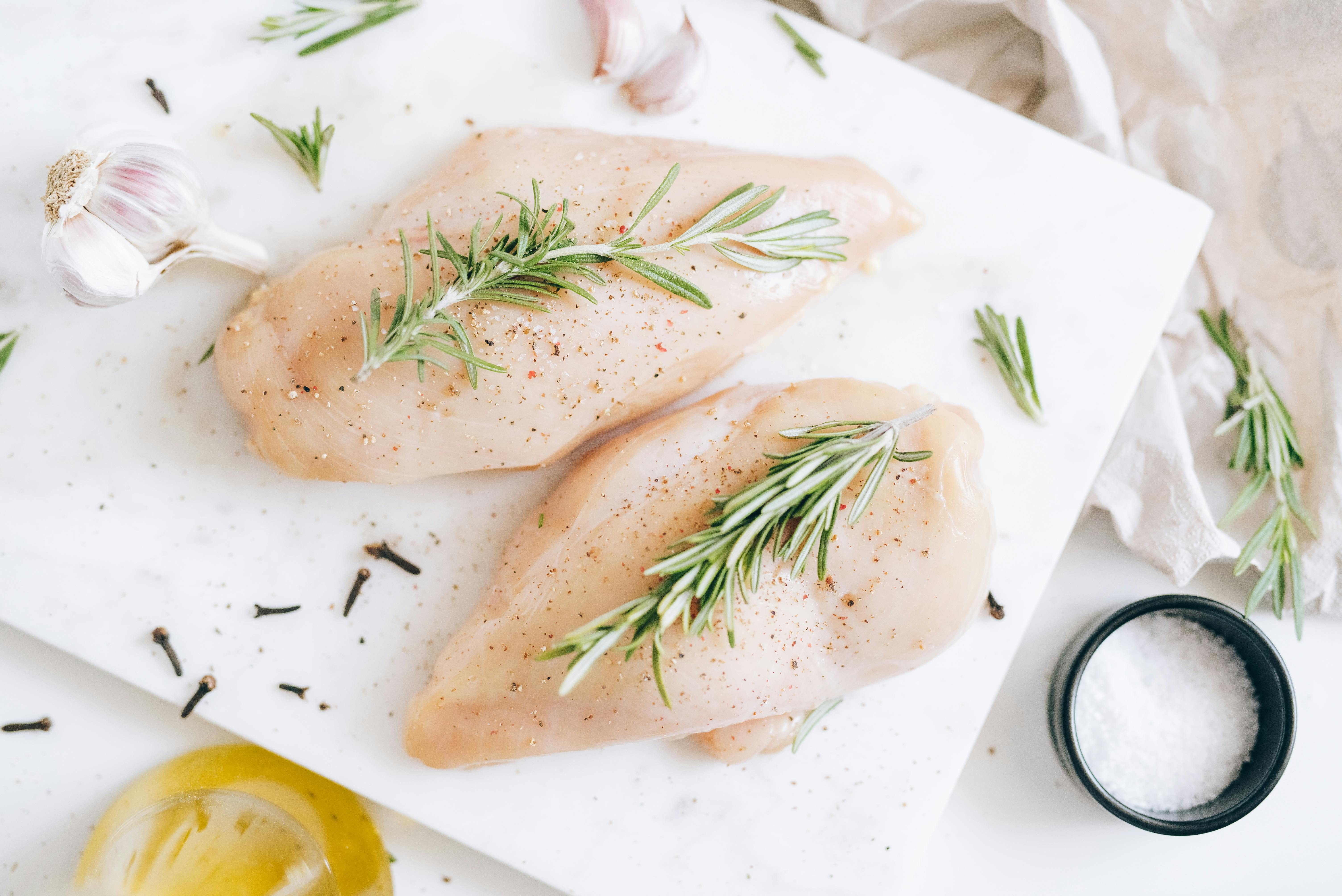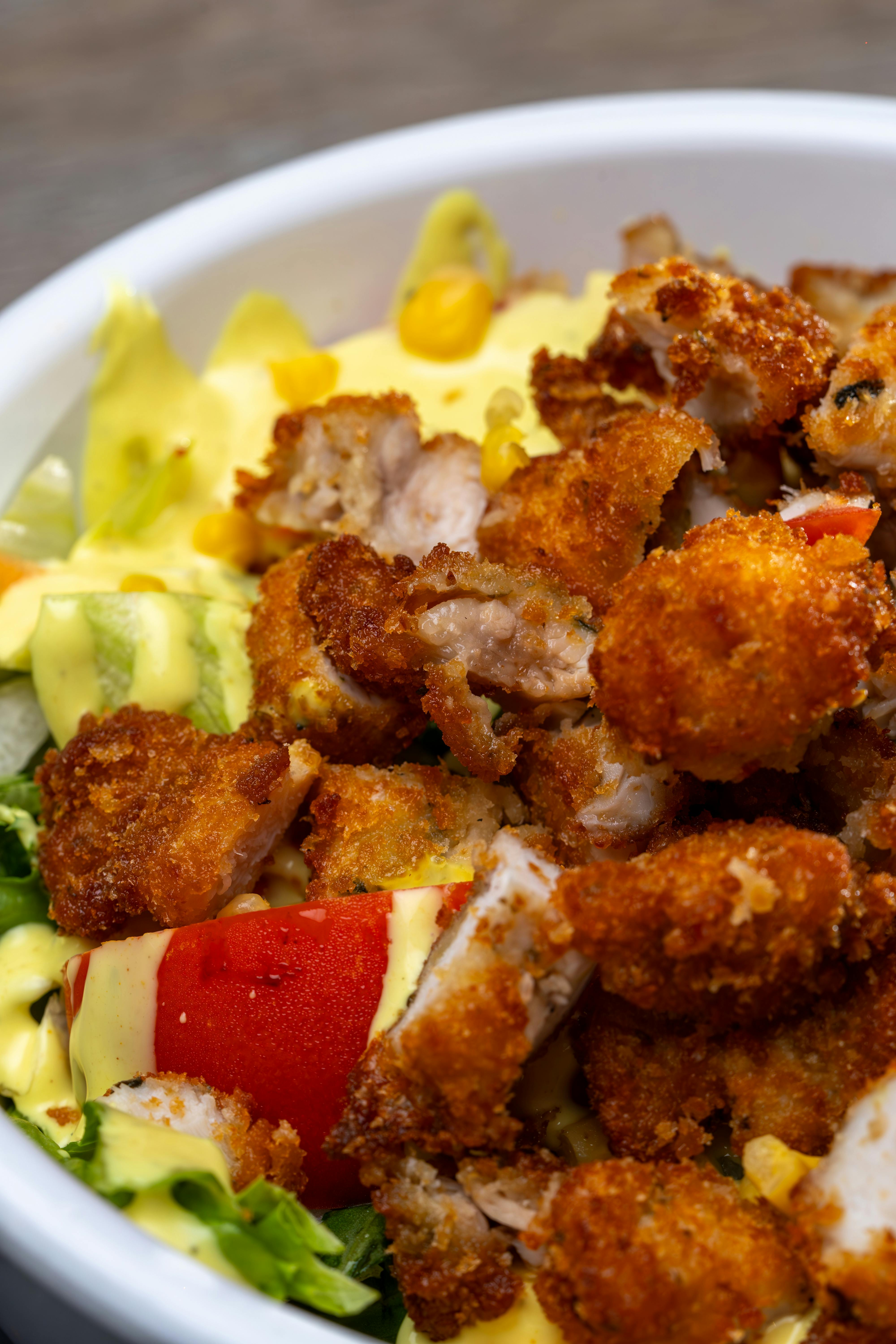
Essential Guide to Salamander Diet in 2025
Understanding the best diet options for salamanders is crucial for their health and well-being. These amphibians have specific dietary needs that hinge on their habitat, age, and health status. An appropriate diet not only supports salamander growth but also ensures their vitality and longevity. In 2025, the options for feeding salamanders have broadened significantly, reflecting advances in nutritional research and the understanding of their natural feeding habits.
This article will explore the best five diet options for salamanders, focusing on salamander nutrition and feeding habits of salamanders. We will delve into the types of food available, including benefits and challenges, and provide practical feeding guidelines to enhance the health of your pet salamander. By the end, you'll have a comprehensive understanding of how to cater to the dietary needs of these fascinating creatures.
Key takeaways include understanding which insects are best for salamanders, the significance of a balanced diet, and recommendations for feeding baby and adult salamanders effectively.
Top 5 Diet Options for Salamanders
Building on the foundational knowledge about salamander nutrition, let’s explore the top five diet options that can be beneficial for different species of salamanders. The right combination ensures they receive the necessary vitamins and minerals for optimal growth and health.
1. Live Insects for Salamanders
Insects form a significant portion of a salamander's diet, particularly in the wild. Common choices include crickets, mealworms, and waxworms, which provide necessary protein and nutrients. Feeding baby salamanders requires smaller insects to ensure they can consume their food easily. Juveniles benefit from live food due to its high protein content, essential for growth.
However, it’s important to ensure that feeder insects are gut-loaded with nutritious food prior to feeding them to salamanders. This means feeding the insects a healthy diet before offering them to salamanders, enhancing their nutritional value.
Always supervise feeding times to observe feeding behavior, as some salamanders may be hesitant to explore new food sources. This can help you gauge their appetite and preferences.
2. Commercial Salamander Food
Commercial salamander foods offer a balanced and convenient option for pet owners. These products are specifically formulated to meet the dietary needs of amphibians. They come in various forms including pellets and freeze-dried options, ensuring easy handling and storage.
When choosing commercial food, be sure to select high-quality brands that include essential vitamins and minerals to support salamander health. Look for products labeled specifically for salamanders rather than generic amphibian diets, as the latter may not provide optimal nutrition.
Additionally, keep an eye on how your salamander responds to commercial food. Some may take time to adjust, so mix it with live food initially to encourage uptake.
3. Aquatic Plant Matter
For aquatic salamanders, incorporating plant matter into their diet is essential. High-quality aquatic plants, such as duckweed and water lettuce, provide necessary fiber and additional nutrition. These plants can also mimic their natural habitat, enhancing their overall well-being and helping maintain water quality in their enclosure.
Understanding feeding frequency for salamanders is crucial when incorporating plant matter. Offer small amounts several times a week and monitor water quality closely, as decomposing plant material can lead to complications if not managed properly.
Salamanders often exhibit foraging behaviors, replicating their natural feeding dynamics, so adding aquatic plant matter can encourage these behaviors and promote activity.
4. Homemade Diet Options
Creating homemade salamander food allows for personalized nutritional content and can be a fun project for any amphibian enthusiast. A mix of protein-rich ingredients, such as ground meat (like beef or chicken) with blended vegetables, can be beneficial. Adding supplements, like calcium and vitamins, helps round out their diet.
While creating homemade diets, it's vital to maintain a balanced approach, ensuring that the proportions of protein, fats, and carbohydrates meet specific dietary requirements. Consulting with a veterinarian for specific recipes can contribute to maintaining a healthy diet for your salamander.
New foods should be introduced gradually to monitor any adverse reactions, as salamanders can have unique dietary preferences and sensitivities.
5. Nutritional Supplements
Lastly, incorporating dietary supplements can aid in filling any nutritional gaps in a salamander's diet. Calcium and vitamin D3 are particularly important for bone health and development. Reptile supplement powders can easily be dusted on live food or added to homemade mixes.
Monitoring your salamander's health will help determine if dietary supplements are needed. If you notice signs of nutritional deficiencies, such as lethargy or poor skin condition, these supplements may be critical for recovery.
When using supplements, ensure to follow the recommended dosages to prevent any potential overdoses which can lead to health complications.

Understanding Salamander Feeding Habits
With these diet options established, let’s explore salamander feeding habits in detail. Recognizing their evolving dietary needs based on age and environmental conditions is vital for maintaining their health.
Adult Salamander Feeding Needs
Adult salamanders have specific dietary needs that differ significantly from juveniles. Adults generally require higher protein intake, focusing on larger prey items. Understanding their food preferences becomes crucial as certain species may exhibit distinct feeding behaviors and preferences.
New experiences, such as attempting a variety of food sources every month, can stimulate appetite and mimic their natural foraging behaviors. Moreover, seasonal changes can affect feeding habits; keeping a log of tracking salamander eating patterns might help understand these shifts.
Juvenile Salamander Diets
Juvenile salamanders, being smaller, require a diet rich in protein and easy-to-consume insects. As they grow, their dietary needs may change, leading to increased demand for various food types. Often, they are more accepting of new food items compared to adults.
Establishing healthy feeding routines at a young age is essential for their development. Offering diverse food options helps expand their taste preferences, laying a foundational understanding of their dietary habits.
Feeding Techniques for Salamanders
Adapting feeding techniques can significantly enhance the experience for both the salamander and the owner. Offering food via tongs can simulate hunting, encouraging natural behaviors and making the experience enjoyable. Additionally, using feeding dishes can prevent substrate contamination for aquatic species, ensuring water quality remains high.
Observe salamander behavior during these feeding sessions to adapt techniques as needed. Over time, finding a balance that works best for your individual salamander may involve trial and error.
Common Mistakes in Salamander Feeding
As with any pet care, there are common mistakes that many salamander owners make regarding feeding. Learning to avoid these pitfalls will lead to a healthier pet and a more enjoyable ownership experience.
Dietary Restrictions and Impact
Understanding potential dietary restrictions in salamanders can prevent health complications. Certain species may have specific needs or restrictions, such as avoiding high-fat foods for species prone to obesity. Additionally, the impact of diet on salamander health cannot be understated, as improper feeding can lead to severe health issues.
Monitoring responses to dietary changes can inform future feeding decisions, identifying what works best for your particular salamander species.
Importance of Variety in Diet
Offering a monotonous diet can lead to nutritional deficiencies and impact salamander behavior. It’s crucial to provide a variety of food sources to ensure a balanced intake of all necessary nutrients. This not only promotes a healthy lifestyle but can also stimulate mental engagement.
Careful observation of food intake can help identify preferences while maintaining a consistent rotation of edible options.
Conclusion and Future Considerations
In conclusion, ensuring that your salamander has access to a well-rounded diet is essential for their health and happiness. The top five diet options we explored—live insects, commercial foods, plant matter, homemade diets, and nutritional supplements—collectively provide a foundation for optimal salamander nutrition.
As you adapt to your salamander's dietary preferences, remember that monitoring their health and behaviors will give you insights into their specific needs and adjustments that may be required over time.
To further explore the complexities of salamander care, consider researching seasonal dietary changes and how these affect your pet’s growth and vitality. The journey of feeding and caring for salamanders can be highly rewarding once you understand their needs.
